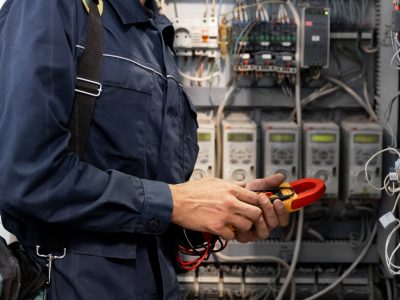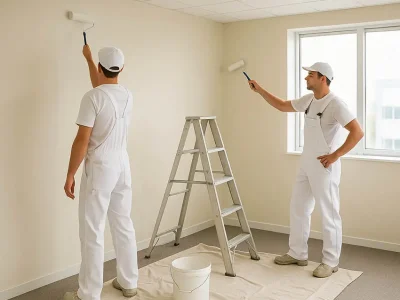Flushing the toilet and hearing an odd gurgle or seeing the water level in the bowl rise can be a cause for panic. Most people have backed up or clogged a toilet. But they don’t always know what to do when the dirty water overflows.
Follow these steps if you’re dealing with a flooded toilet.
If Your Toilet Starts To Overflow.
1. Do not flush the toilet again.
When the water rises in the bowl after flushing, it means that a clog has blocked the water’s flow through the drain. You will end up with more water flooding the toilet bowl if you try to flush again.
2. The flapper is located inside the toilet tank.
Find your flapper on the bottom of the tank. The flapper will look like a circle of rubber attached to a metal chain or lever.
3. Close the flapper by pressing it.
The water will not flow into the bowl when the flapper closes and seals to the bottom of the tank.
4. If your toilet has a shut-off valve, locate it.
The shut-off valve for your toilet is located near the connection between the toilet and the wall outside the tank.
5. Close the valve. Skip this step if the valve is not present.
To prevent water from entering the toilet, turn the shut-off valve in a clockwise direction.
6. Find the toilet float.
To find the float, look backwards inside the tank. It will be shaped like a cup and have a cylindrical fill valve running vertically through it. It will look like an egg or ball attached to a lever if it is a float cup.
7. The float should be tied or rigged so it doesn’t move.
The tank will not fill up with water if the float is in place.
Now That The Water Is Under Control.
Next, remove the obstruction that is causing your toilet or drain to clog. Wear rubber gloves and use a flanged plunger to remove the obstruction. If you are worried that plunging your toilet may cause the water to overflow, or splash onto the sides of the bowl, first scoop some of the liquid into a bucket. When using the plunger, make sure to seal it tightly and press up and down for 10-20 seconds.













Comments